An ultrasound examination wins against the background of other diagnostic procedures, not only because it gives accurate results, it helps to identify a list of diseases. This is a completely painless procedure that is safe for the patient. But, as with many other types of diagnostics, the correct and complete preparation of the patient is important here. The instructions depend directly on the type of procedure.
In the article, we will analyze in detail how to prepare women for pelvic ultrasound. What are the indications for the procedure, how is it carried out. We will also see if it is possible to independently decipher the result of the ultrasound examination.
What helps to identify the procedure?
An ultrasound examination of the pelvic organs is prescribed for the timely detection of pathologies of the genitourinary system. This is one of the most painless, quick, informative types of diagnosis. Preparation for pelvic ultrasound for women, men and children is simple. Therefore, the procedure is prescribed to patients of any age and gender.
A similar type of ultrasound reveals the following:
- Cystitis.
- The formation of polyps and cysts.
- Pathological changes in the structures of the pelvic organs.
- The presence of any calculi in the bladder - sand or stones (urolithiasis).
- Inflammatory processes affecting the genitourinary system.
- Various neoplasms - malignant and benign tumors, adenomas, lipomas, fibroids.
- Endometriosis
- Salpingoophoritis.
- Violation of fetal development during pregnancy.
- Problems with the development of genital organs in children and adolescents.
- Prostatitis in men.
- Ectopic pregnancy.
- Change in the position, size, structure of the female genital organs: ovaries, uterus.
- Obstruction of the fallopian tubes.
- Violations of the structure of the cervix.
- Changes in the position or condition of contraceptives (referring to the spiral).
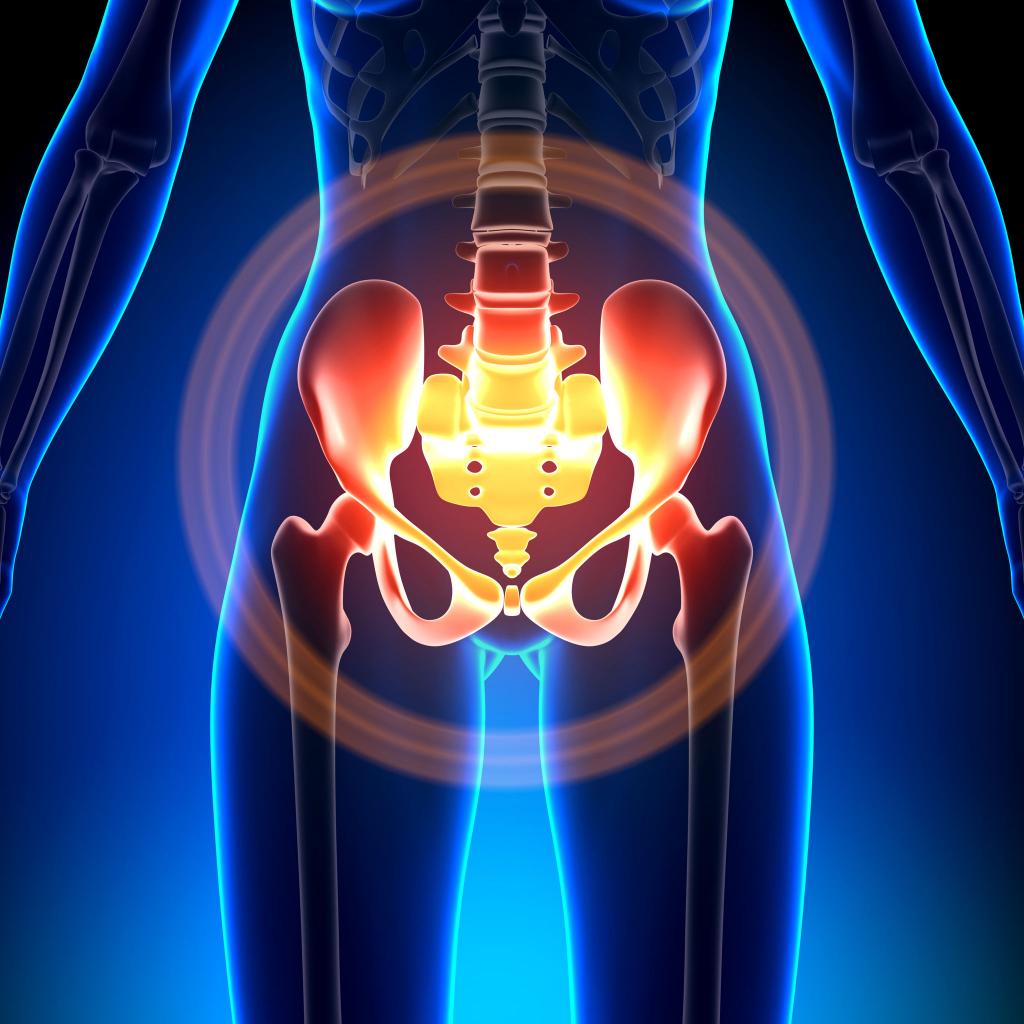
General indications for the procedure
Preparation for pelvic ultrasound for women and men is also important for preventive purposes. It is recommended to carry out this procedure 1-2 times a year for the timely detection of diseases of the genitourinary system.
However, most often, preparation for pelvic ultrasound for women is relevant when contacting a therapist, nephrologist, gynecologist or other specialist with certain complaints about the state of health. In particular, an ultrasound scan is prescribed in the following cases:
- Pain in the lower back, back, or lower abdomen.
- Bleeding of incomprehensible nature, which appear after the menstrual cycle, outside it.
- The appearance of inclusions of pus and / or mucus in the urine.
- Discomfort, burning, pain during urination.
- Urinary incontinence.
- Difficulty urinating or impossibility.
Specific indications for the procedure
An ultrasound of the genitourinary system can be prescribed to the patient in the following cases:
- To establish the fact of pregnancy, determine its timing.
- Monitoring the course of pregnancy (at least one procedure per trimester).
- To monitor the condition of the genitals before and after an abortion.
- Before and after surgery involving the genitourinary system.
- When diagnosing a disease of the mammary glands.
- For the choice and purpose of contraception. And after its installation - to monitor the state of the spiral.
- If there are suspicions of inflammatory processes in the genitals, oncological neoplasms.
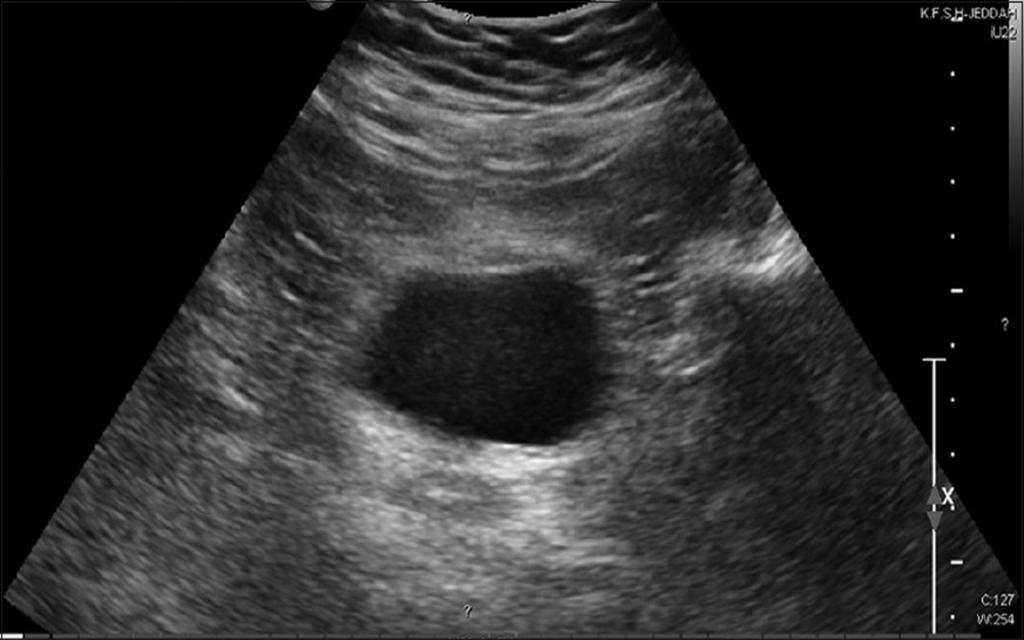
Types of Examination
How to prepare women for pelvic ultrasound? The answer also depends on what type of ultrasound examination was prescribed by the doctor. It is selected according to the following:
- What organs should be examined?
- What disease should be confirmed or disproved?
- Does the patient live sexually?
- What is the patient complaining about? Does the person suffer from severe pain when trying to take the pose necessary for the examination?
Depending on the answers to these questions, the patient can be assigned one of three types of ultrasound:
- Abdominal.
- Transvaginal.
- Transrectal.
Let us characterize each of them in more detail.
Abdominal examination
What look at pelvic ultrasound in women with such an examination? The abdominal procedure allows you to notice inflammation, neoplasms or other pathological changes in the structure of the following organs:
- Uterus.
- The ovaries.
- Bladder.
- In men, the prostate.
This is the most painless and simple examination. It is not invasive or endoscopic. That is, an abdominal incision or the introduction of sensors into the patient's body is not required. It is an abdominal ultrasound that will be prescribed if it is impossible to conduct examinations of two other types.
How is pelvic ultrasound performed in women abdominally? The doctor lubricates the lower abdomen of the patient with a special gel. Then he drives it with a sensor. The image is instantly transferred to the device screen.
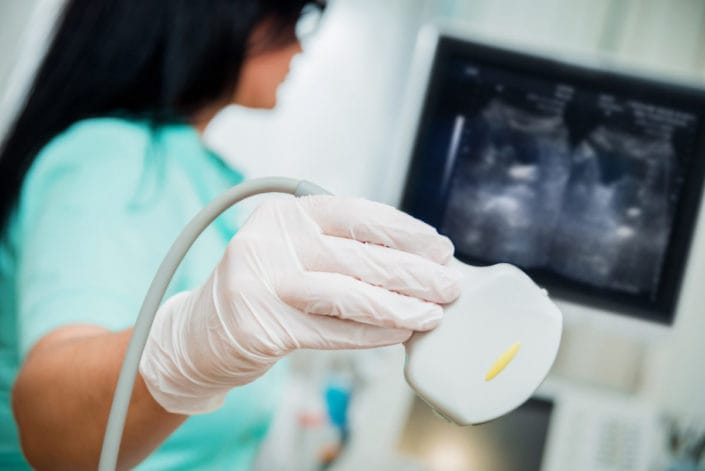
Transvaginal examination
According to reviews of pelvic ultrasound in women, it can be judged that this is a somewhat unpleasant procedure. After all, for the examination of organs, it is necessary to enter the sensor through the vagina.
But this type of examination is good because it helps to examine in detail even the smallest changes in the structure of the organs of the reproductive system. With its help, tumors are found in the uterus and neighboring organs at the very initial stage of tumor development. In addition, when conducting this study, it is possible to additionally take a sample of biomaterial for analysis.
However, transvaginal ultrasound is not prescribed for patients who have not yet had sex, so as not to injure the mucous membranes of the cervix, vagina. Naturally, for obvious reasons, this kind of ultrasound is not assigned to a man.
Conducting this pelvic ultrasound in women with menstruation is not recommended. The patient is advised to wait until the end of the menstrual cycle. The exception can only be an emergency situation when it is urgent to find out about the state of the organs of the genitourinary system.
Transrectal examination
This form of ultrasound gives no less clear results than with a transvaginal examination. Allows you to identify even the smallest formations at the very initial stage. But most often it is assigned not to women, but to men. It allows to identify violations in the work of the testes, prostate, and cancerous tumors.
However, a transrectal examination can be prescribed for a girl, a woman, if the abdominal is not enough or its results are not clear. It is also prescribed to girls who do not live sexually, as a replacement for transvaginal ultrasound. In this case, the sensor of the medical device is inserted into the rectum of the patient.
How to prepare women for pelvic ultrasound? It all depends on what type of study was assigned to you.
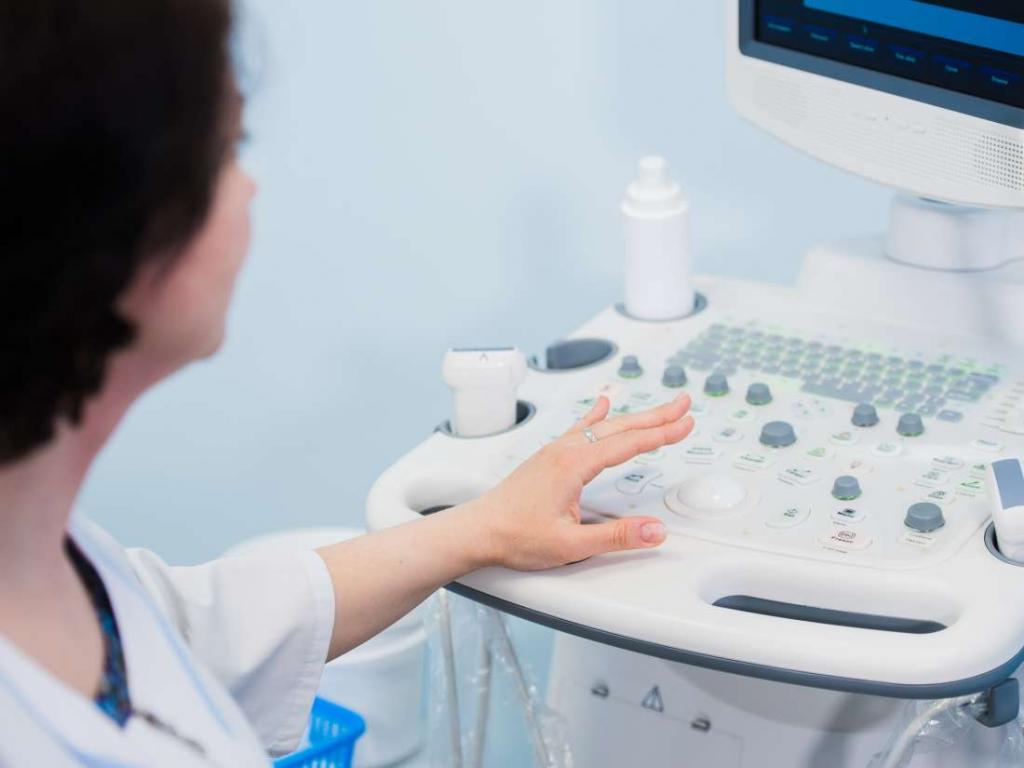
Preparing for the abdominal procedure
We are talking about ultrasound of the pelvis in women. Preparation is needed here anyway. But most of the actions will have to be performed during an abdominal examination:
- 2-3 days before the examination (best of all - a week), start to adhere to a special diet.
- The last meal before the ultrasound is no later than 6 hours before the procedure.
- It is recommended to use special preparations for bowel cleansing. Or make an ordinary enema.
Why is this needed? In order to free the intestinal tract from accumulated gases, to prevent flatulence and bloating. All these conditions interfere with obtaining a clear image during ultrasound. If the patient suffers from increased gas formation, constipation, he must inform the doctor in advance. The doctor will prescribe special drugs that will minimize the impact of such conditions during ultrasound diagnostics.
Special diet
In preparation for pelvic ultrasound with a sensor, a woman should follow a simple diet for several days before the procedure:
- The menu should consist more of easily digestible food. These are cereals, dishes from low-fat varieties of fish and meat, hard cheeses, omelettes or boiled eggs, herbal or weak black tea.
- It is necessary to abandon products that are long digested by the body or cause increased gas formation. These are: vegetables (especially cabbage and potatoes), legumes (beans, peas, corn), dairy products (milk, cottage cheese, kefir), fatty foods (especially meat and fish), coffee, alcoholic and highly carbonated drinks, fast food, pastries, sweets, brown bread.
It is also important to pay attention to the preparation immediately before the examination itself. 0.5-1 liter of pure water is drunk an hour before the procedure. What for? A full bladder provides good echolocation during ultrasound. It is also recommended to wear spacious, comfortable, easily removable clothing.

Preparing for a transvaginal procedure
We determined how abdominal ultrasound of the pelvic organs is done to women. In a transvaginal procedure, the sensor is inserted directly into the vagina. This type of examination does not require thorough preparation. It is enough to do the following:
- Immediately before the examination itself, it is necessary to empty the bladder.
- At home, before going to the clinic, you need to pay attention to proper hygiene of the intimate zone.
- It is better to abandon the examination method during menstruation. But if ultrasound results are needed urgently for health reasons, an exception is made for the patient.
Although this is not in the direct recommendations, doctors advise to adhere to the above diet for the transvaginal type of examination in order to achieve more accurate results with ultrasound.
Preparing for a transrectal procedure
Before this examination, it is necessary to empty the intestines. For this, an enema is preliminarily done several hours before the ultrasound. You can use the day before and special intestinal cleansing drugs, but only with the permission of the attending physician.
Usually, before a transrectal examination, they ask to empty the bladder. However, for some indications, urine must be filled in this reservoir. In particular, in the study of the causes of infertility or erectile dysfunctions in men. In these cases, about 4 glasses of pure water are drunk before diagnosis. Of course, it should not be a sweet or carbonated drink.
With any type of ultrasound, the following is prohibited:
- Drink alcohol.
- To smoke.
- Take drugs.
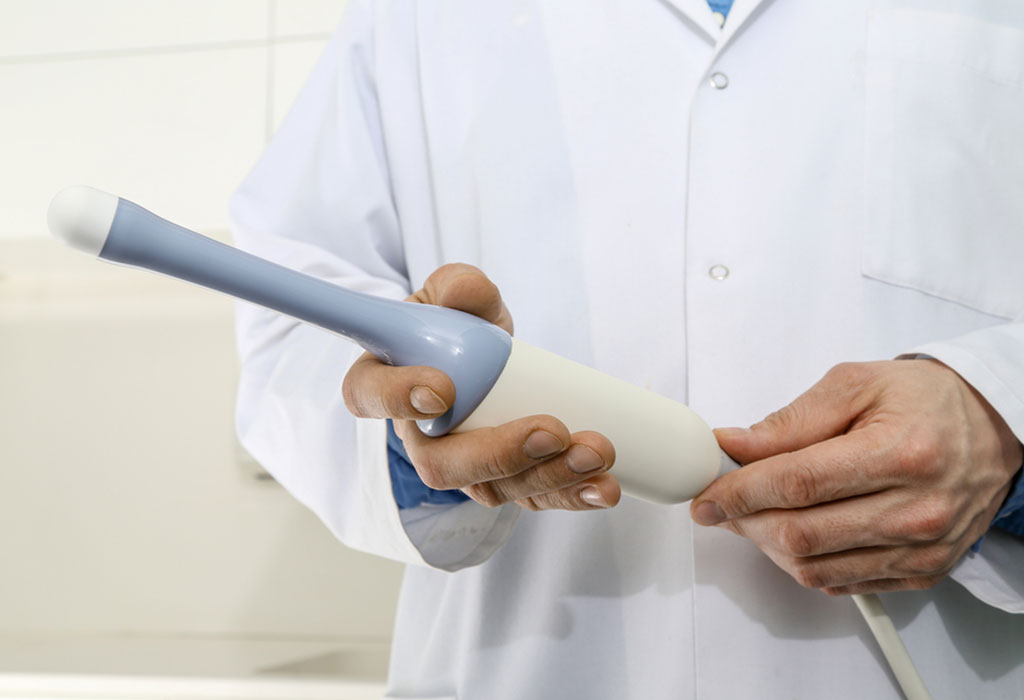
Deciphering the result
The image on the screen obtained during the ultrasound can only be decrypted by an experienced specialist. The main condition for this is a clear, contrasting photo.
The patient does not need to examine the picture and try to identify pathology on it, because the results of the examination here are reported immediately or prescribed in a separate medical document. In particular, you can find out the following:
- Cervical closure.
- Pathological course of pregnancy - localization or impairment in the development of the child.
- Structural changes in the ovaries - the number, size, shape, quality of the follicles.
- The presence of congenital abnormalities in the structure of the pelvic organs.
- Oncological neoplasms.
- Endometriosis (excessive proliferation of uterine tissue).
- The presence of nodular muscle formations - fibroids.
- The size of the uterus.
- The contraceptive is located in a spiral.
Reviews about the procedure
We decided how to prepare women for pelvic ultrasound. We will also get acquainted with patient reviews about this procedure.
They note that ultrasound is indispensable for determining pregnancy and its timing. Today it is the most accurate method when compared with store tests and laboratory tests.
This procedure helps expectant mothers in time to find out the necessary information about the development of the child. Today, with the help of ultrasound it is possible to learn in a timely manner about the appearance of congenital abnormalities of the fetus.
Many note that with ultrasound, they learned about serious diseases in time, started treatment at a stage when a full recovery is possible. Moreover, other research methods could not identify a dangerous disease.
There are patients who report unpleasant effects with transvaginal and transrectal ultrasound. The reviews also say that in many clinics this procedure is paid, as well as the use of the necessary supplies: napkins, disposable diapers, shoe covers.
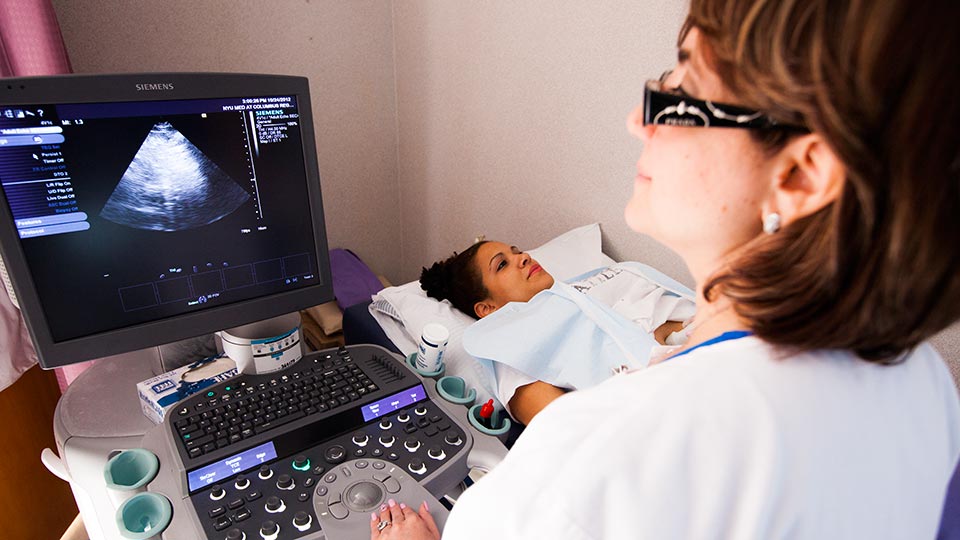
Ultrasound is one of the most effective methods of examination, allowing you to get quick and accurate results. But only with the correct preparation for the procedure, which differs in the types of ultrasound examination.